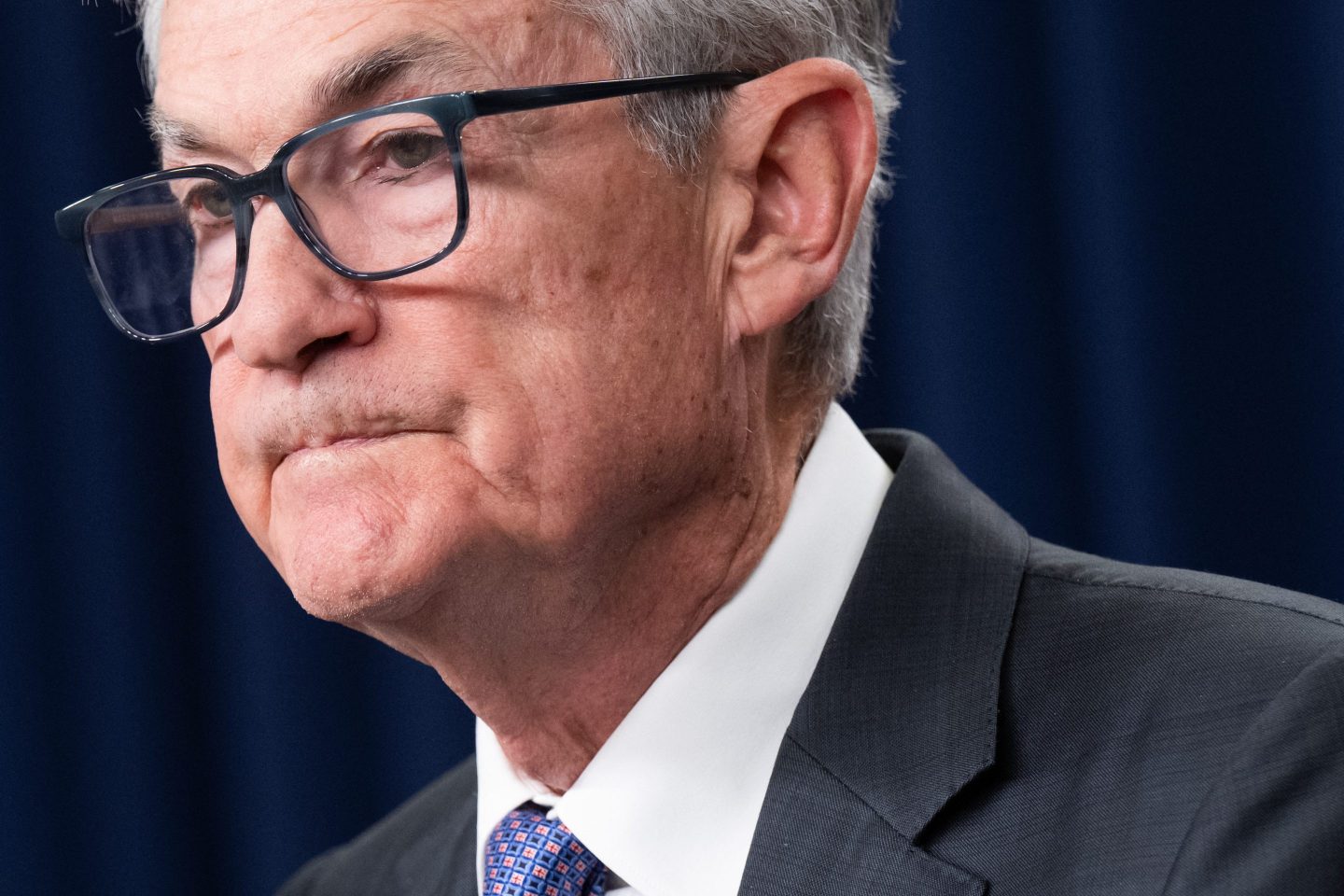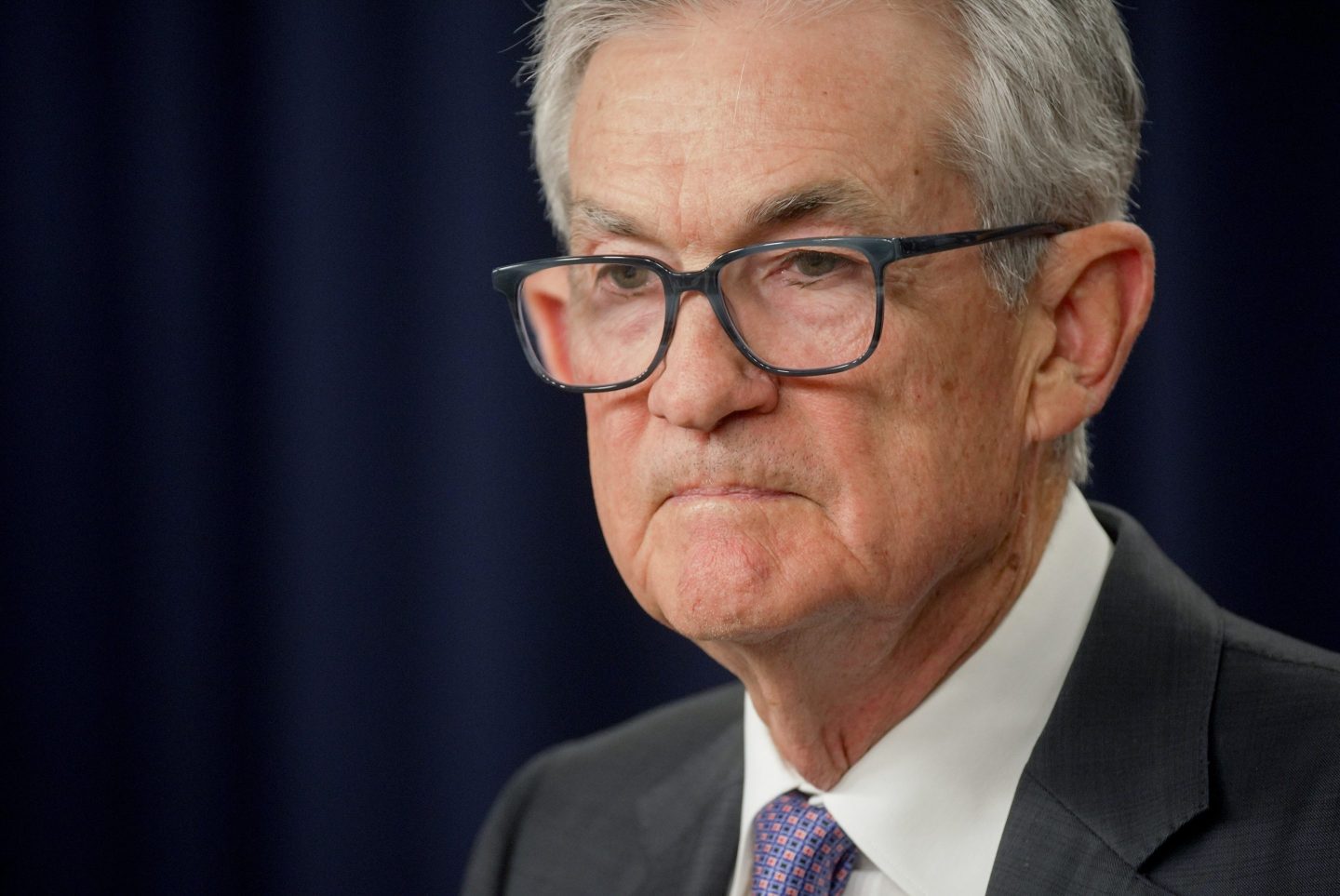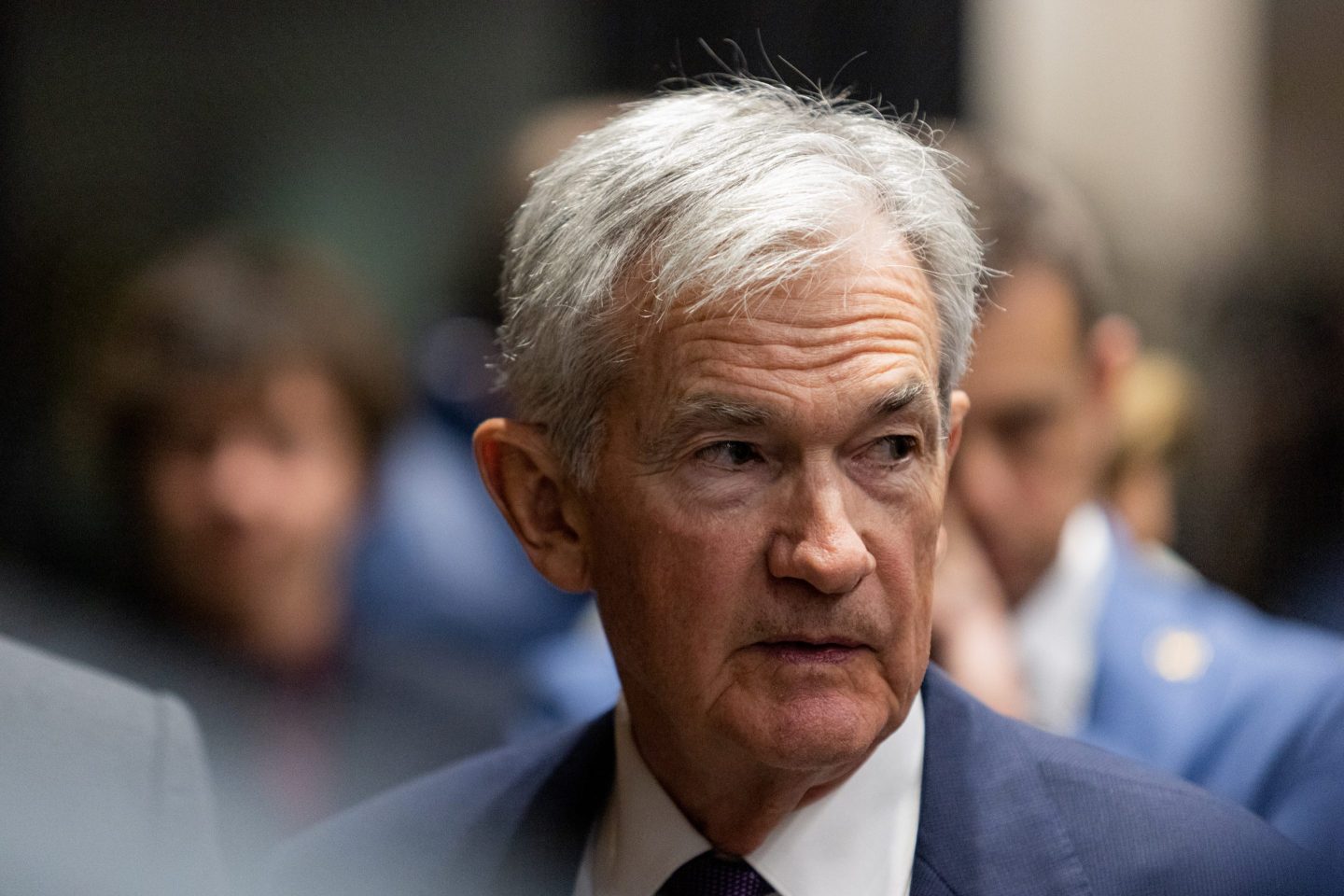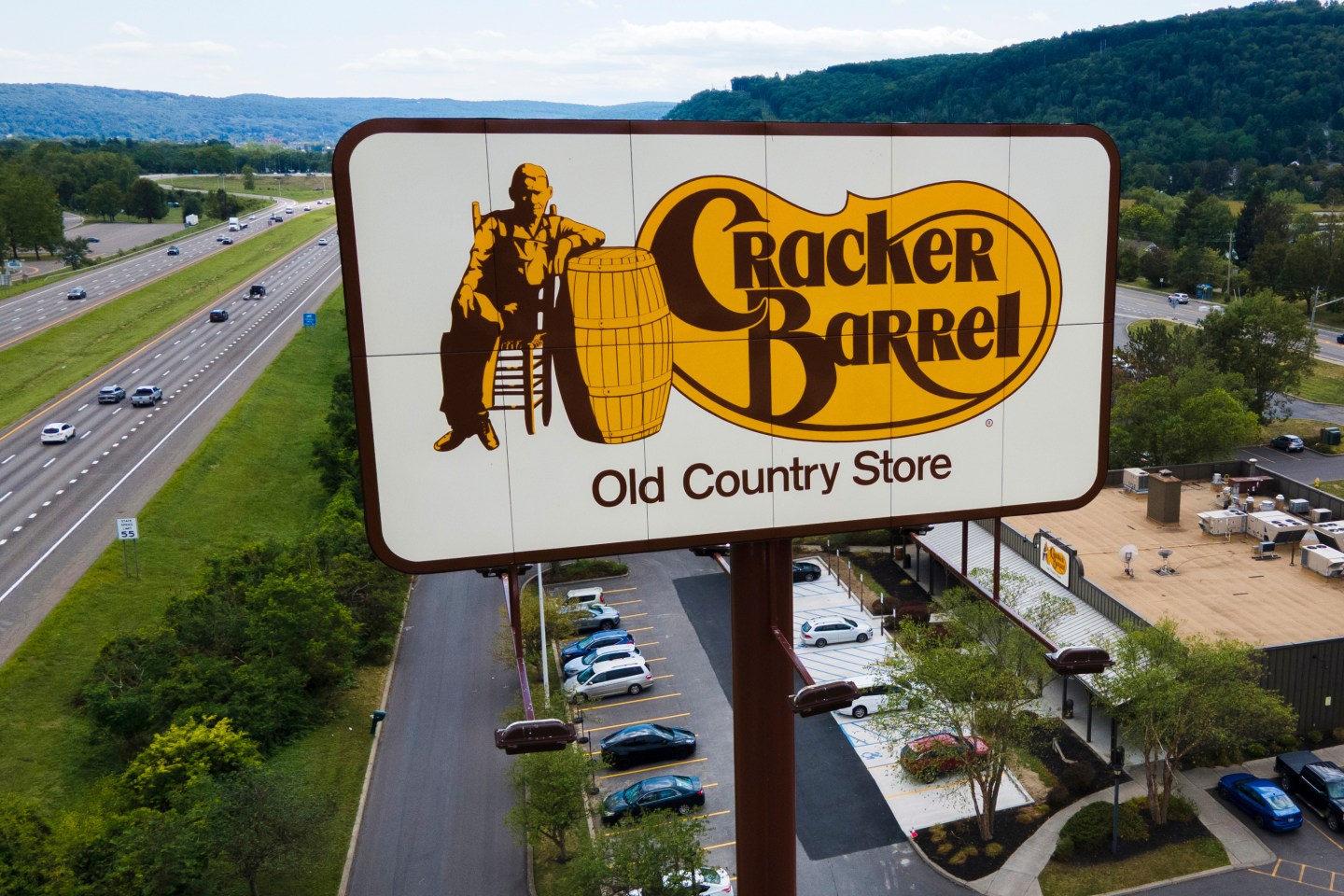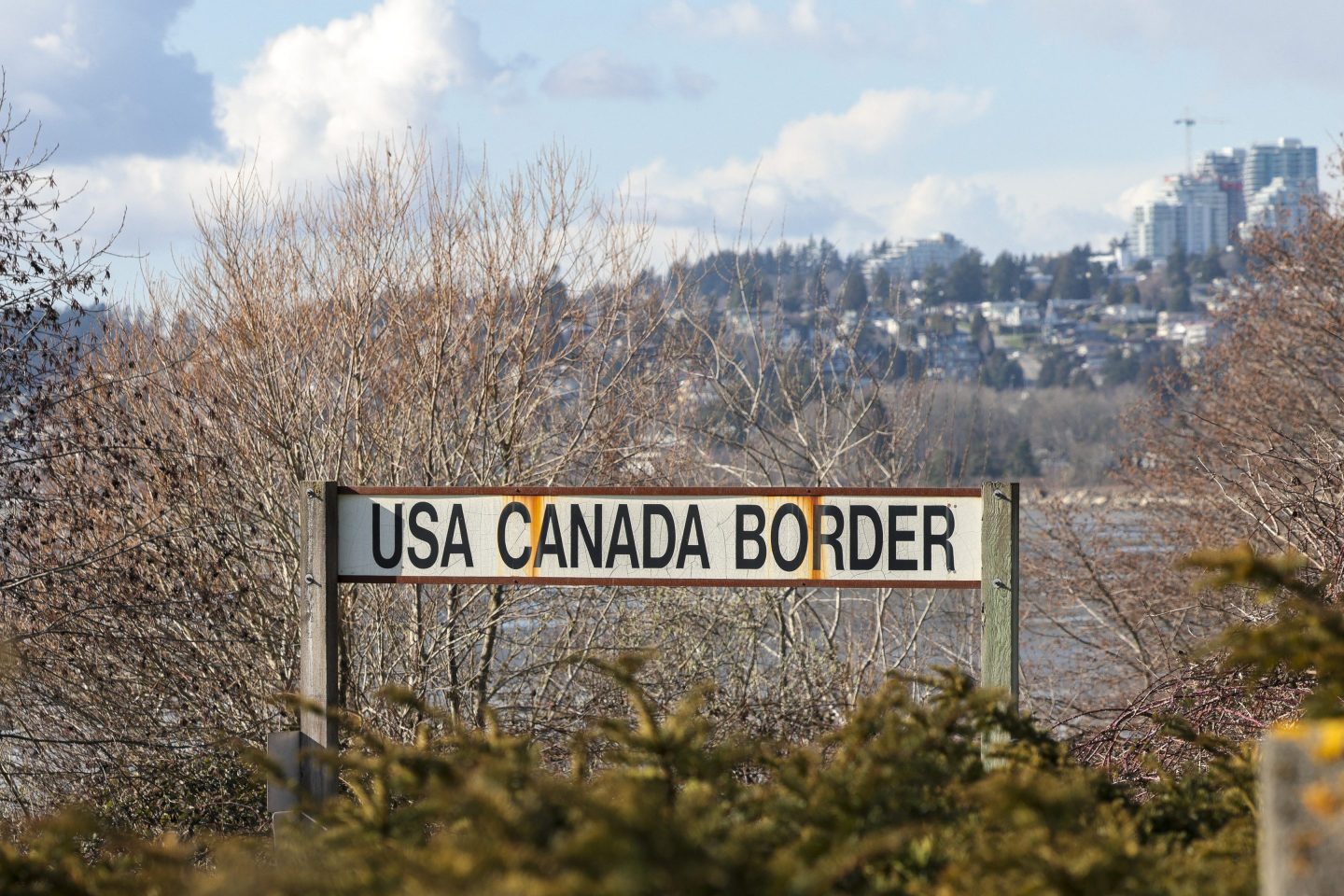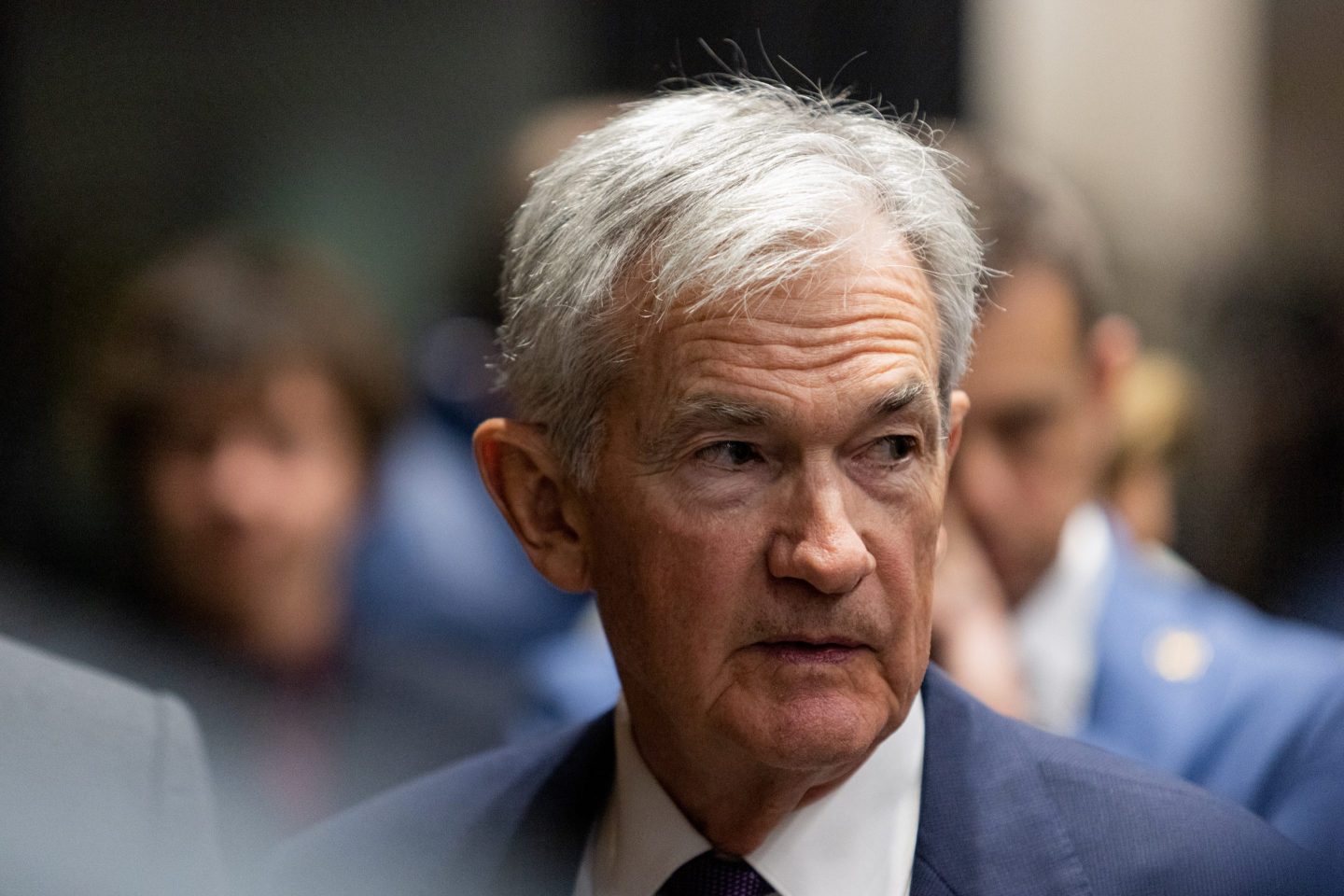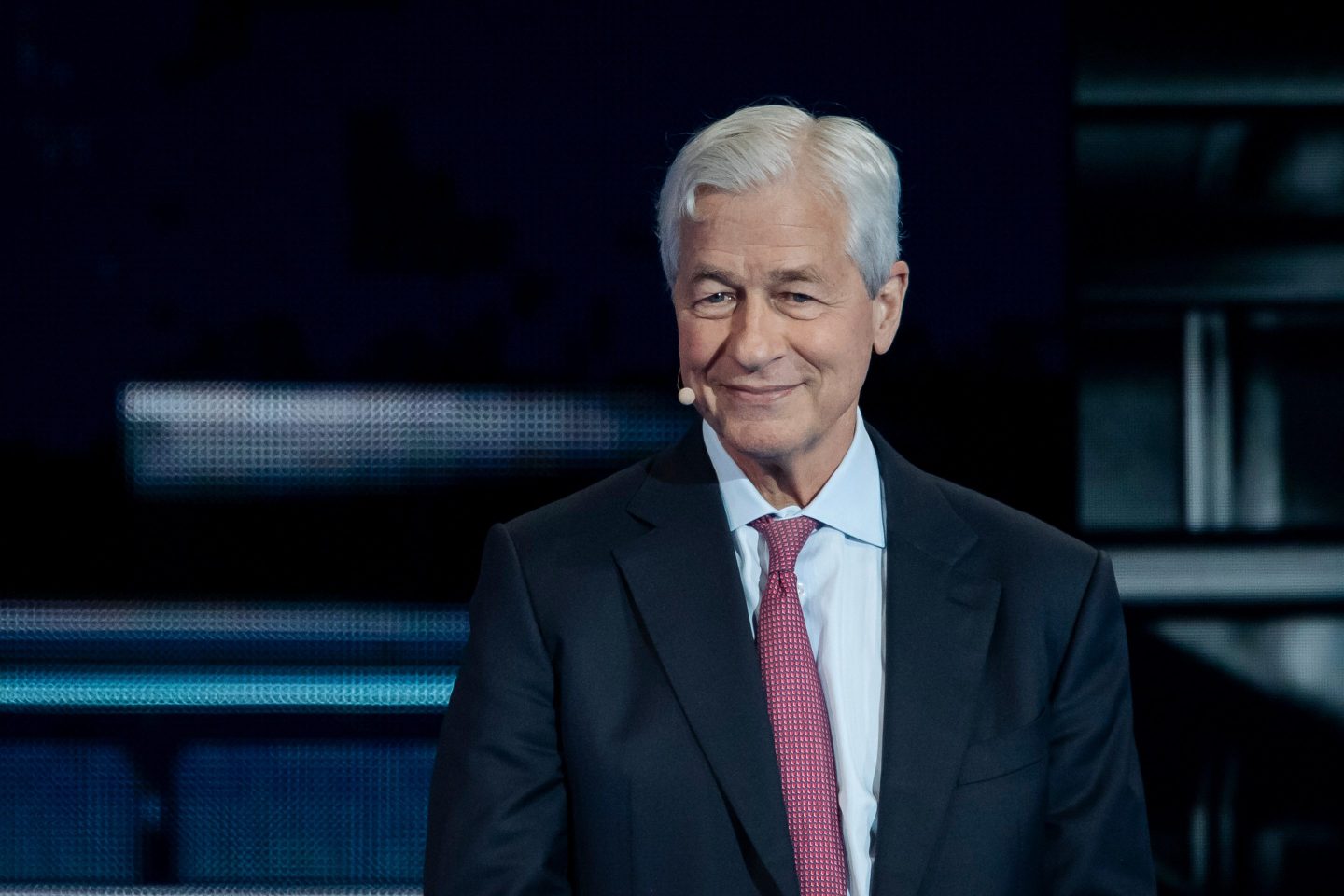A chart making the rounds on social media has sparked intense debate about the state of the American economy. Since November 2022, when ChatGPT launched, the S&P 500 has surged more than 70% while job openings have plummeted roughly 30%. The juxtaposition has earned the graphic a foreboding nickname: the “scariest chart in the world.”
At first glance, the divergence appears to tell a simple story: that artificial intelligence has fractured the economy, enriching investors while devastating workers. But journalist Derek Thompson, who wrote about this chart in his Substack last Thursday, argues the reality is far more complex.
The data itself is accurate. Job openings peaked at 11.5 million in March 2022, the highest level since the Job Openings and Labor Turnover Survey began in 2000. By August 2025, that figure had fallen to 7.18 million. Meanwhile, the S&P 500 has climbed from around 3,840 in November 2022 to approximately 6,688 by September 2025, representing a gain of roughly 74% over that period.
As Thompson points out, nothing like this has happened in the history of the JOLTS data, which dates back more than two decades. Job openings have typically tracked with stock market performance, making the current split unprecedented.
The Fed factor
Thompson says the primary culprit is not artificial intelligence, but monetary policy. Job openings did not peak when ChatGPT debuted in November 2022—they peaked in March 2022, the same month the Federal Reserve began raising interest rates. The Fed approved a quarter-percentage-point increase on March 16, 2022, its first hike in more than three years, launching a campaign that would eventually see 11 rate increases through July 2023.
The Fed’s goal was straightforward: cool an overheating economy and tame inflation by making borrowing more expensive. Higher rates reduce investment, spending, and economic activity, which naturally suppresses hiring. And that’s exactly what happened. By September 2025, the Fed began cutting rates to revive a sluggish labor market and prevent unemployment from climbing.
Trade policy and immigration enforcement have also squeezed hiring. President Donald Trump’s tariff policies and immigration crackdown have raised costs and reduced labor force growth, further constraining job creation. A study from the National Foundation for American Policy estimated that Trump’s immigration policies could reduce the U.S. workforce by 15 million people over the next decade and cut annual economic growth by nearly one-third.
Testing the AI theory
If AI were truly decimating the job market, you’d think the sectors closest to the technology would show the steepest declines in job openings. Thompson turned to Preston Mui, a senior economist at Employ America, for a sector-by-sector breakdown of job openings since ChatGPT’s release, and the findings actually contradicted the AI narrative. The “Information” sector—which includes software programmers and tech workers most directly involved with AI—had the smallest decline in job openings. The largest drops came in manufacturing, construction, and energy extraction, all industries heavily affected by tariffs and higher borrowing costs.
Construction job openings fell from 303,000 in July 2025 to 188,000 in August 2025, marking the lowest level in nearly a decade. By October 2024, construction openings were down nearly 40% year over year. These sectors rely on capital investment that becomes more expensive when interest rates rise, and they employ significant numbers of immigrant workers affected by enforcement actions.
The stock market boom
While job openings cooled, AI-related stocks soared. According to JPMorgan, AI stocks accounted for 75% of S&P 500 returns and 80% of earnings growth since November 2022. The bank estimated that 30 AI-related companies now represent roughly 44% of the S&P 500’s total value and generated approximately $5 trillion in wealth gains for U.S. households over the past year.
The usual suspects in tech—Nvidia, Microsoft, Apple, Amazon, Alphabet, and Meta—drove the rally. Some of these companies, including Meta, reduced headcount even as their stock prices climbed. Meta announced plans in January to cut about 5% of its workforce—roughly 3,600 positions—targeting lower-performing employees while continuing massive AI investments.
As Morgan Stanley’s Lisa Shalett previously pointed out to Fortune,the concentration of gains in a handful of companies has raised bubble concerns. The so-called Magnificent Seven stocks now account for more than one-third of the S&P 500 index, a level of concentration that exceeds even the dotcom era. Sam Altman, CEO of OpenAI, said bubbles happen when “smart people get overexcited about a kernel of truth.”
Early warning signs
To be clear, there’s plenty of evidence that AI is beginning to affect certain jobs, particularly for folks early in their careers. Research from Stanford University found that since the widespread adoption of generative AI, workers between the ages of 22 and 25, in the most AI-exposed occupations, experienced a 13% relative decline in employment. Employment for workers in less exposed fields and more experienced workers in the same occupations remained stable or continued to grow.
JPMorgan research noted the unemployment rate among college graduates reached 5.8% in March 2024, the highest in more than four years, and has been trending above the aggregate rate—a pattern that is highly unusual by historical standards. While the trend could reflect other factors, AI effects may also be at play, according to Michael Feroli, chief U.S. economist at JPMorgan.
Still, the Bureau of Labor Statistics predicts many AI-exposed occupations will grow faster than average through 2033. Software developer employment is expected to increase 17.9% between 2023 and 2033, much faster than the 4% average for all occupations. The agency said while AI can automate certain tasks, it also creates demand for workers who develop and maintain AI systems.
A tale of two economies
In his Substack, Thompson said while the “scariest chart in the world” is a bit misleading, it appears to highlight one underlying truth: “There really do seem to be two economies right now—a booming AI economy and a lackluster everything-else economy,” he said. And understanding the forces driving each one is essential to grasping where the economy is headed.
It would be easy to blame ChatGPT, or AI more broadly, for the state of the economy, especially when you look at that chart. But it’s not driven by a single cause; rather, it’s the result of many factors, including monetary tightening from the Fed, trade restrictions and immigration enforcement from the White House, and an AI investment boom on Wall Street concentrated around a handful of megacap stocks. Whether this represents sustainable growth or an unsustainable bubble, though, remains to be seen.
For this story, Fortune used generative AI to help with an initial draft. An editor verified the accuracy of the information before publishing.


